Did You Know: Every 30 seconds, a burglary happens in the United States, according to the Safewise data. That’s two every minute.
While security systems help, sometimes the strongest line of defense is standing on four legs—alert, watchful, and ready. Certain dog breeds have an instinctive drive to guard their home and loved ones. They don’t just bark from the couch.
They plant themselves in doorways, take their position seriously, and stand their ground without being told. These dogs aren’t trained for show—they’re naturally wired to protect. Even the sight of them sends a clear message: not this house, not today.
In this guide, we’ll explore the dog breeds that instinctively stand in front of doors to face intruders.
Dog Breeds That Stand In Front Of Doors Against Intruders
1. Cane Corso
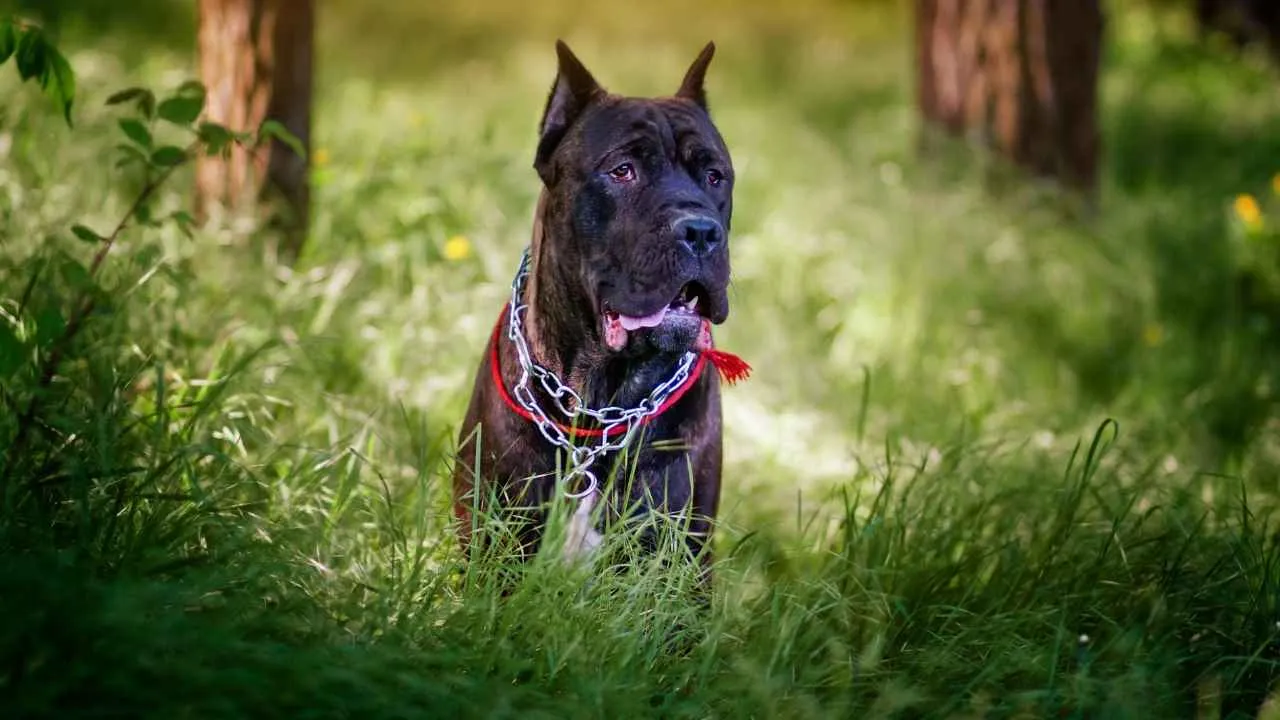
Did You Know: The Cane Corso’s name comes from the Latin “cohors,” meaning “guardian” or “protector,” reflecting its centuries-old role in estate defense.
This breed has a squared-off muzzle, deep chest, and a still posture that makes unwanted visitors hesitate, as per Citizen Shipper. When facing the front door, a Cane Corso doesn’t pace or panic — it holds position. It’s quiet control often prevents intrusions before a bark is needed.
Direct Response to Movement
The Cane Corso watches body language carefully and reacts to small movements near entry points. Sudden shifts or unusual steps will cause it to step forward and block the way. This trait is especially useful during late-night hours or unfamiliar arrivals.
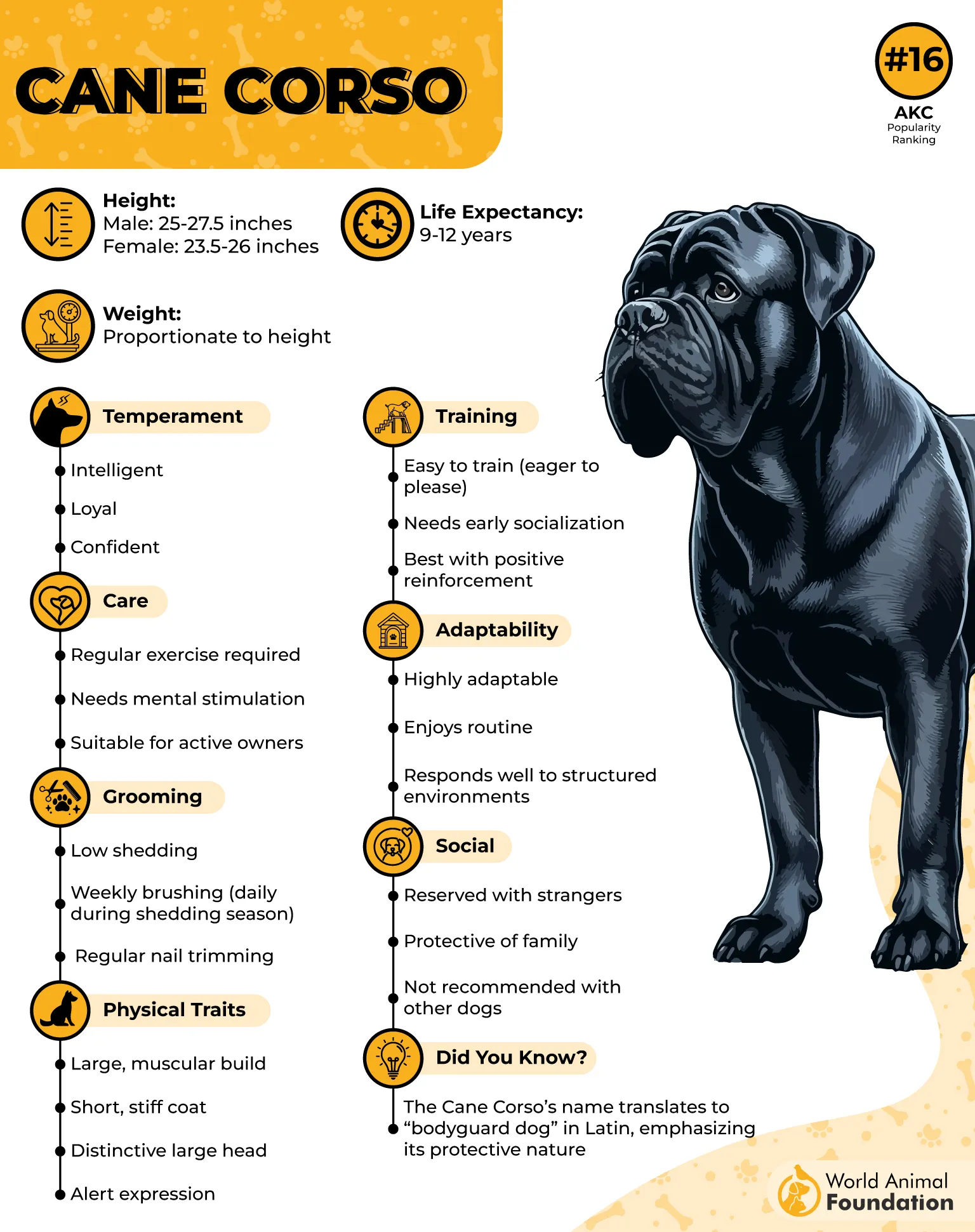
Inborn Defensive Drive
With deep-rooted instincts as a property guardian, the breed doesn’t wait for commands to assess threat level. It’s among the protection dogs that monitor zones even when no one is watching. These dogs are trained to focus on defense, not distraction.
Ease of Command Retention
Under a professional dog trainer, Cane Corsos retain physical cues and house boundaries with high accuracy. Once a routine is set, they stick to it without emotional confusion. This makes them one of the most trusted guard dog breeds for home entrances.
2. American Bulldog
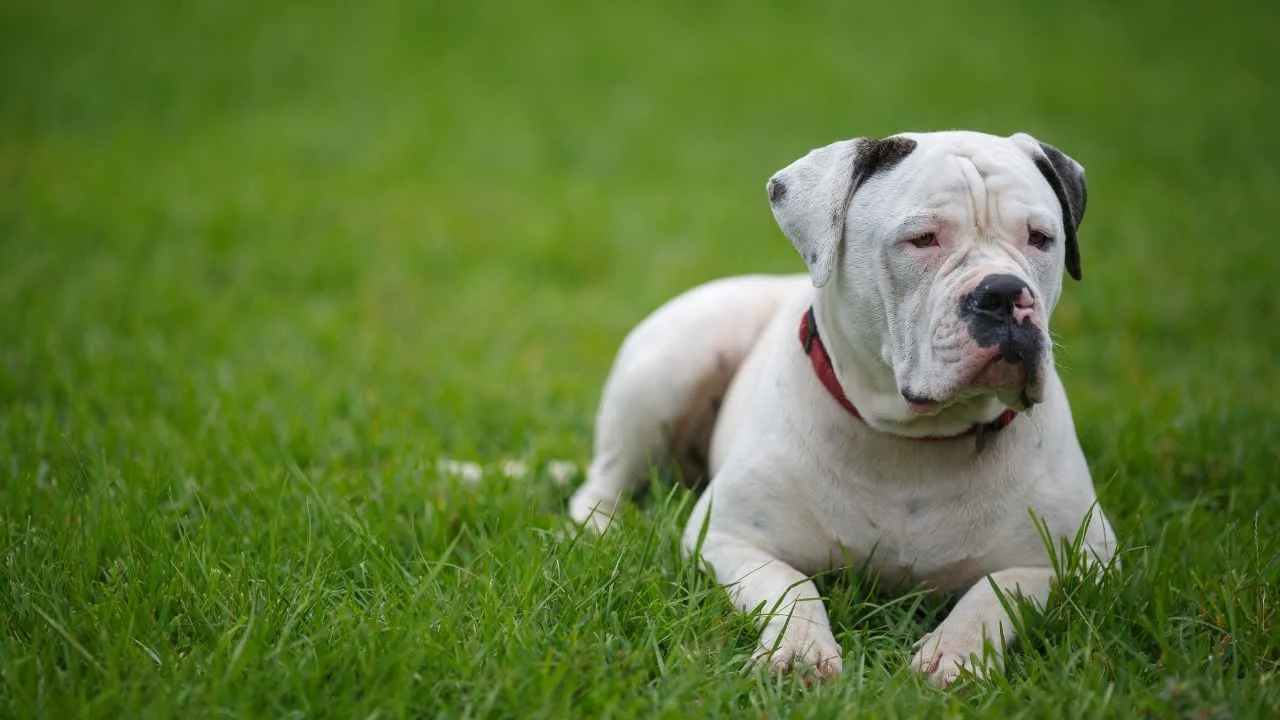
American Bulldogs are known to hold their ground with an upright, chest-forward stance that rarely shifts under pressure. When positioned at a front door, their wide frame and alert posture create a natural blockade. Their muscle density adds to their overall defensive impression.
Sensory Response to Motion
This breed is quick to pick up on door handle sounds, slow steps, or shifts in voice tone near entrances. The ears perk up first, followed by a quiet repositioning toward the source. They respond faster when household members are behind them or visibly uneasy.
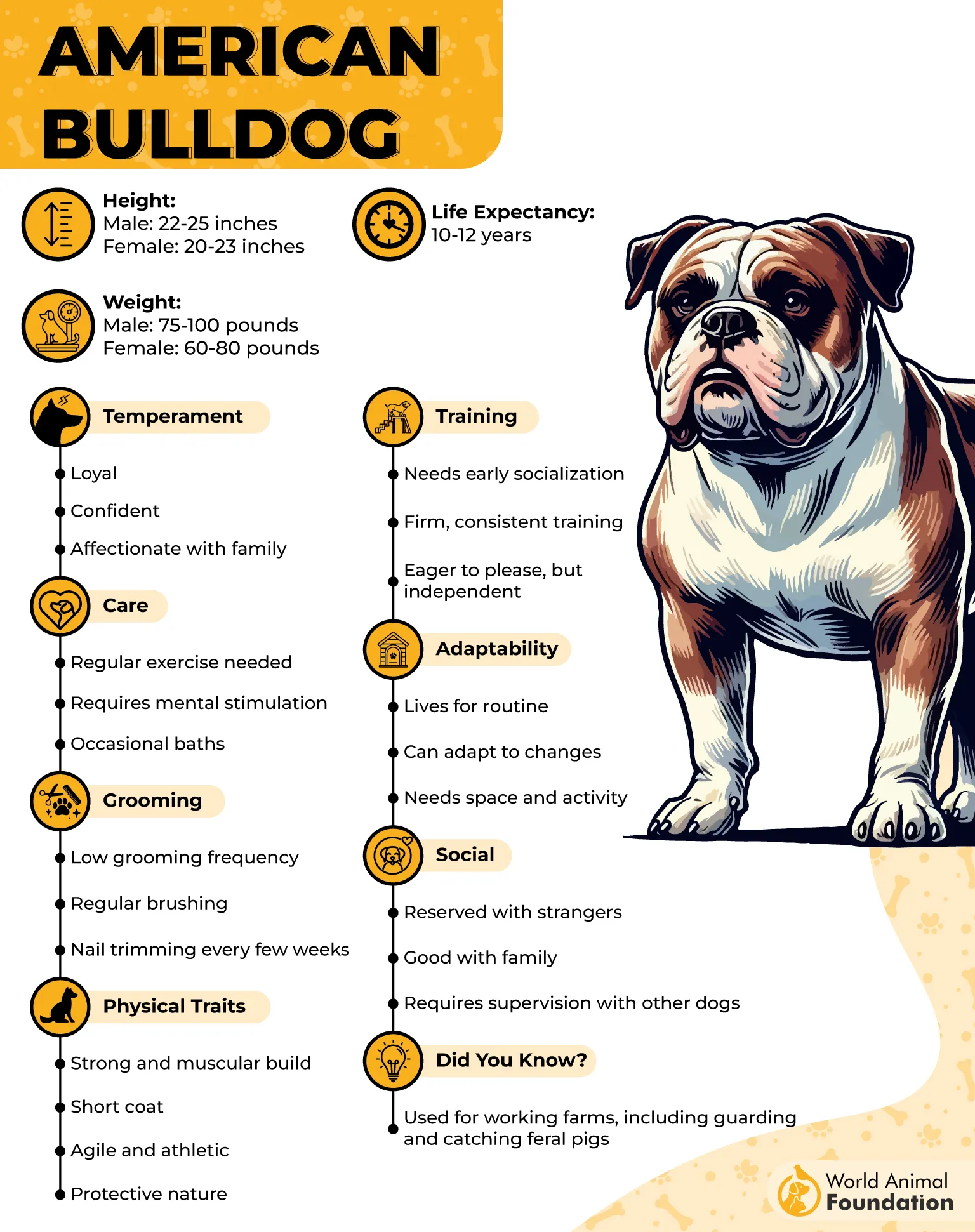
Temperament Rooted in Defense
Bred for guarding farms and property lines, this dog brings a protective nature into the home setting, as mentioned in the UKC. They work without needing external motivators, staying stationed even when guests hesitate. Most are unmoved by distractions unless instructed by their dog owner.
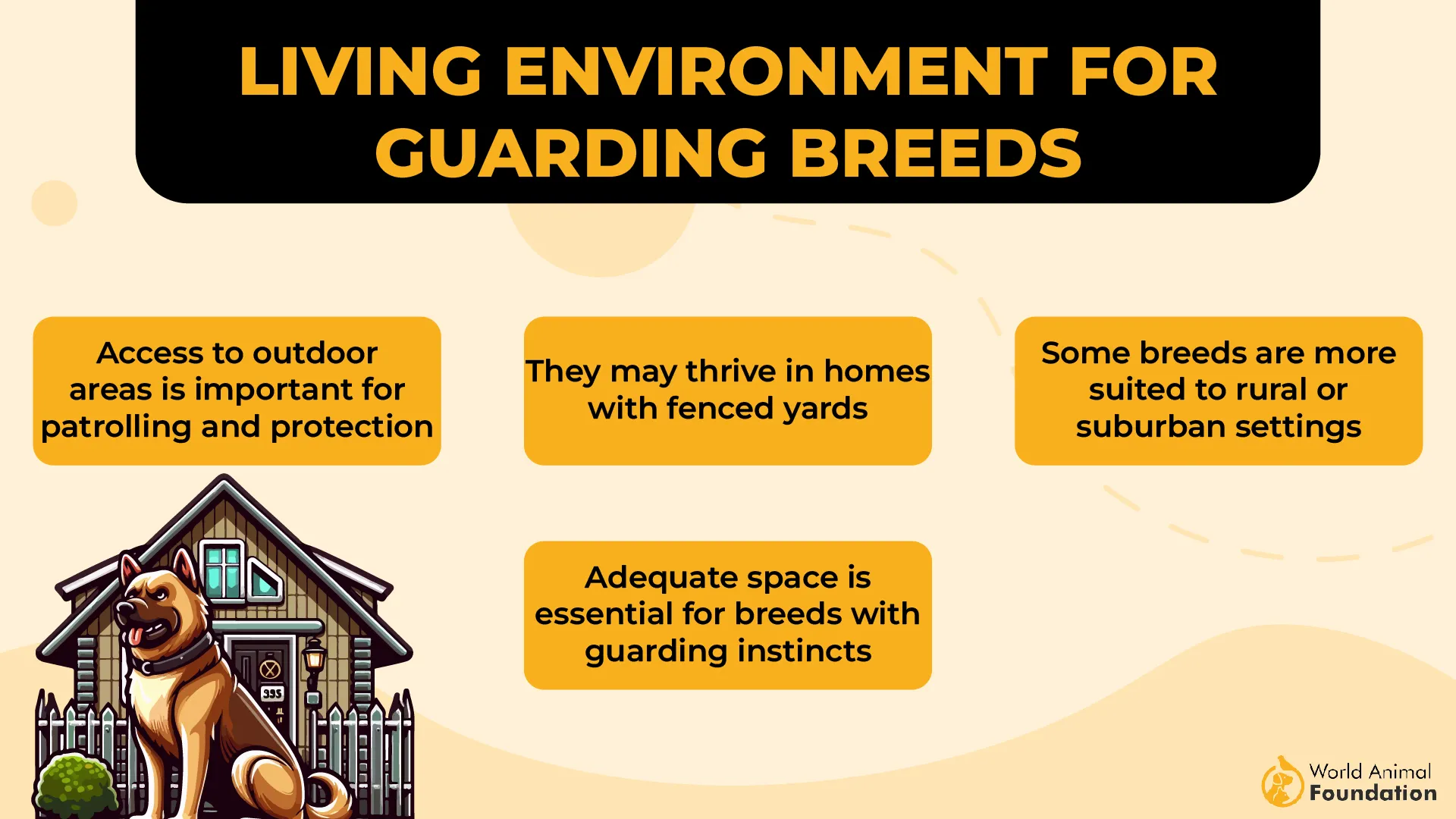
Alert but Stable Indoors
While firm near doors, the breed stays mentally balanced and manageable indoors. Their dual ability to act as defenders and calm family pets gives them a steady temperament. Many trainers highlight their loyalty to structure, routine, and boundary awareness.
3. German Shepherd
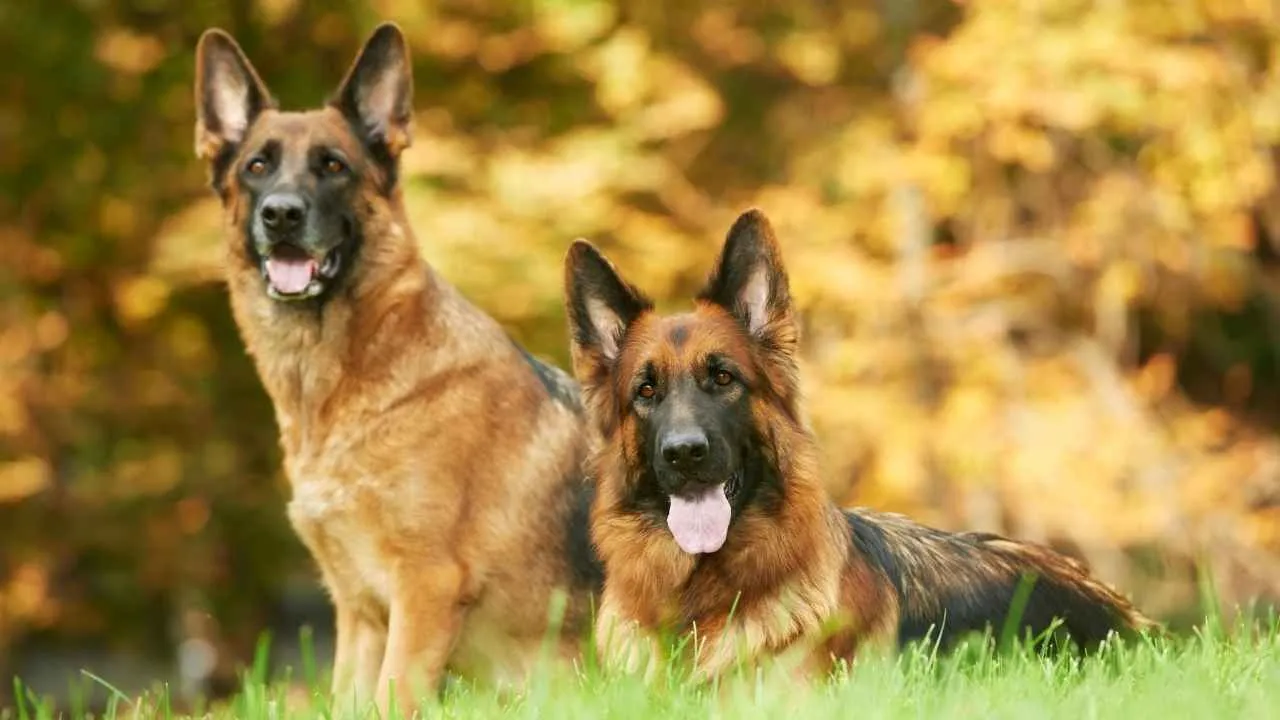
When they hear sounds near an entry point, German Shepherds react within seconds to assess and block access. Their footwork is tight, their stance is firm, and their head remains still as they wait for clear signals. These dogs rarely hesitate once they commit to the doorway.
Controlled Aggression When Provoked
They do not lunge unless a threat escalates, but their expression alone sends a warning before that point. This balance between stillness and force is why they’re among the best guard dogs. Their discipline plays a major role in how they handle front-line defense.

Environmental Scanning Ability
Their ears can pick up small shifts in air pressure or vibration, which helps them detect movement before it’s visible. While at the door, they won’t break posture even if distractions occur behind them. That focus allows them to hold the line even in high-stress zones.
Protective Nature Around Family
German Shepherds are known for their strong protective instincts, especially when young family members are in the house. They form tight bonds and are fiercely loyal to routines and home territory, as PetMD highlighted.
4. Boxer
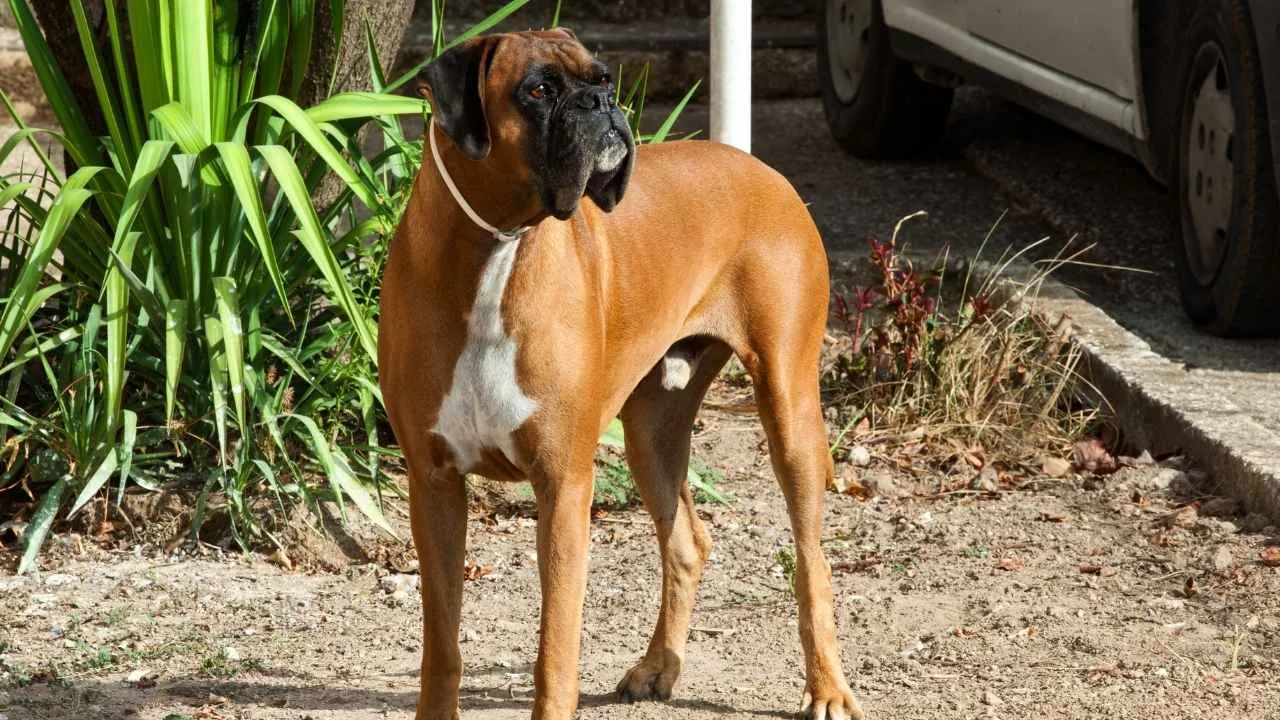
Boxers are quick to recognize patterns, including door movements, unfamiliar scents, and the sound of shifting footsteps. They often station themselves between the source and their family. Even without training, many take a post near entryways when sensing unease.
Muscular Blocker Build
Their strong chest, fast reflexes, and solid legs give them an edge in intercepting anyone trying to force entry. A Boxer will lunge forward if the door opens under suspicious conditions. This forward motion alone often halts intruders before further steps.
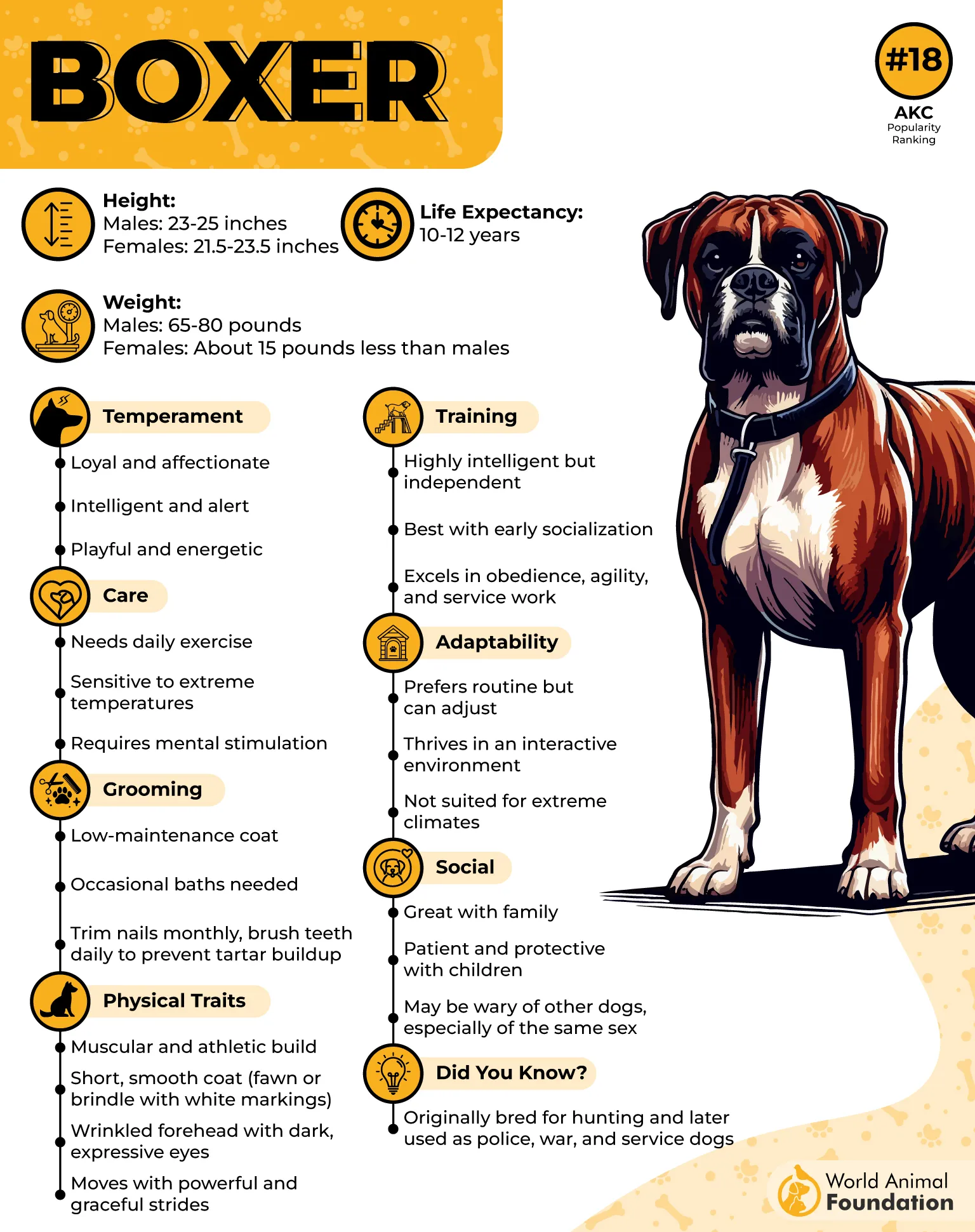
Natural Property Watchers
With strong guarding instincts, this breed often circles the home’s inner zones during nighttime hours. They’re not distracted by passing cars or sounds from other dogs, which keeps their focus steady. That alert focus makes them a reliable indoor sentry.
Energy That Doesn’t Fade
Unlike some breeds that fatigue with age, Boxers retain strong physical drive well into their senior years. That consistency works better than many security systems in keeping watch over entrances. They don’t need stimulation to stay on alert indoors.
5. Staffordshire Bull Terrier

Did You Know: The Staffordshire Bull Terrier has been nicknamed the “nanny dog” in the UK due to its historic reputation for gentleness with children.
Staffies have a compact, muscular build that allows them to plant themselves firmly near entry points. Their stance often communicates a clear warning without any vocal noise. Even in smaller spaces, they maintain control with measured stillness and direct eye contact.
Strong Reactions to Sudden Entry
This breed reacts immediately to sharp or loud door sounds, often rushing to intercept. They’re quick to insert themselves between their humans and a perceived threat. That readiness makes them naturally suited for front-line guarding roles.
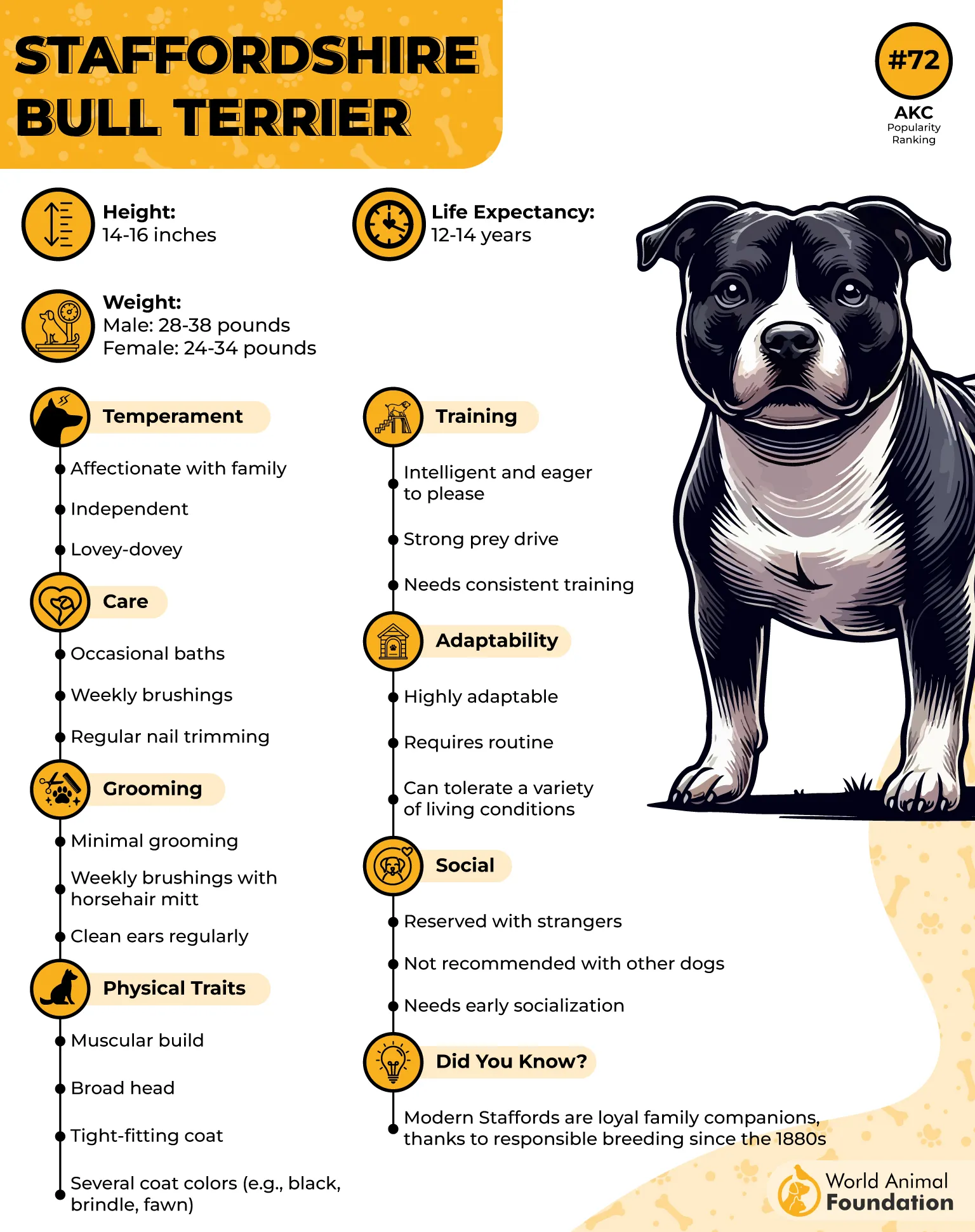
Confidence Through Conditioning
With proper training, the Staffie learns how to control its intensity while staying alert. Commands are remembered easily once consistency is established. Their eagerness to defend stays balanced with boundaries when properly guided.
Brave with Protective Focus
This breed doesn’t hesitate when they sense confrontation near their home or people. Their loyalty combines with courage, making them more than just a great family pet. They often choose to place themselves physically in front when they detect risk.
6. Bullmastiff

Did You Know: Bullmastiffs were once called “Gamekeeper’s Night Dogs” in England, where they silently patrolled large estates to stop poachers.
Bullmastiffs are known for physically standing in front of a door and blocking passage without needing instruction. They use body positioning rather than loud alerting. This calm method of confrontation often causes hesitation in unfamiliar visitors before they even knock.
Alert Posture Without Overreaction
These dogs don’t react to every sound but remain silently attentive to subtle entry movements. If the front gate rattles or a knob turns unexpectedly, the Bullmastiff immediately shifts position. Its steady gaze and stillness increase pressure on the approaching presence.
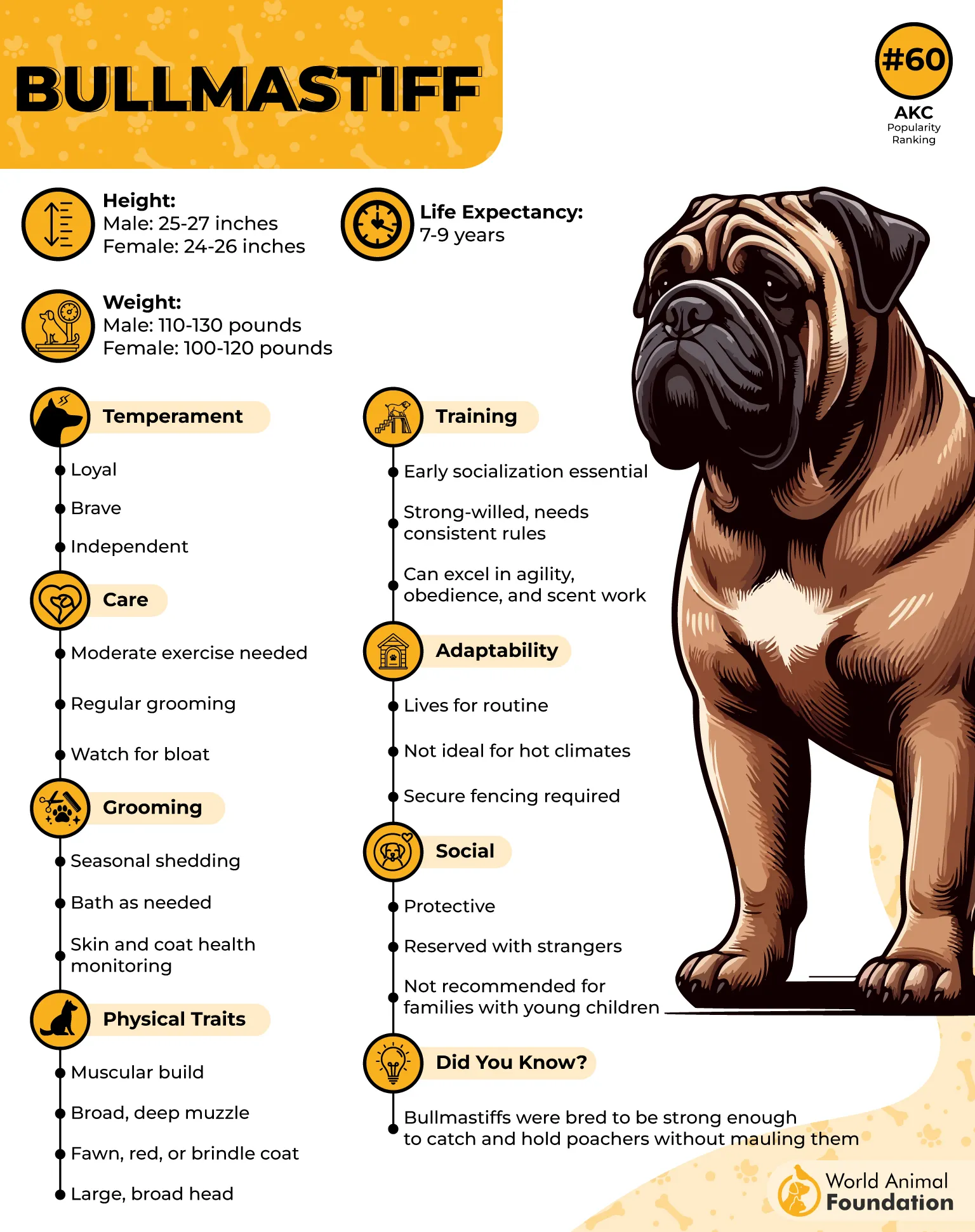
Control Through Learned Boundaries
They can memorize door zones, porch areas, and pathways quickly during home security routines. With a clear structure and repetition, the Bullmastiff patrols predictable access points. Positive reinforcement helps the dog maintain position and stay attentive under low-stimulus conditions.
Built-In Suspicion of Strangers
Bullmastiffs are not ideal as a first dog due to their size and protective intensity. Their reliability and instinctive protection skills have made them popular in home security roles, especially in remote or high-risk locations.
7. Belgian Malinois
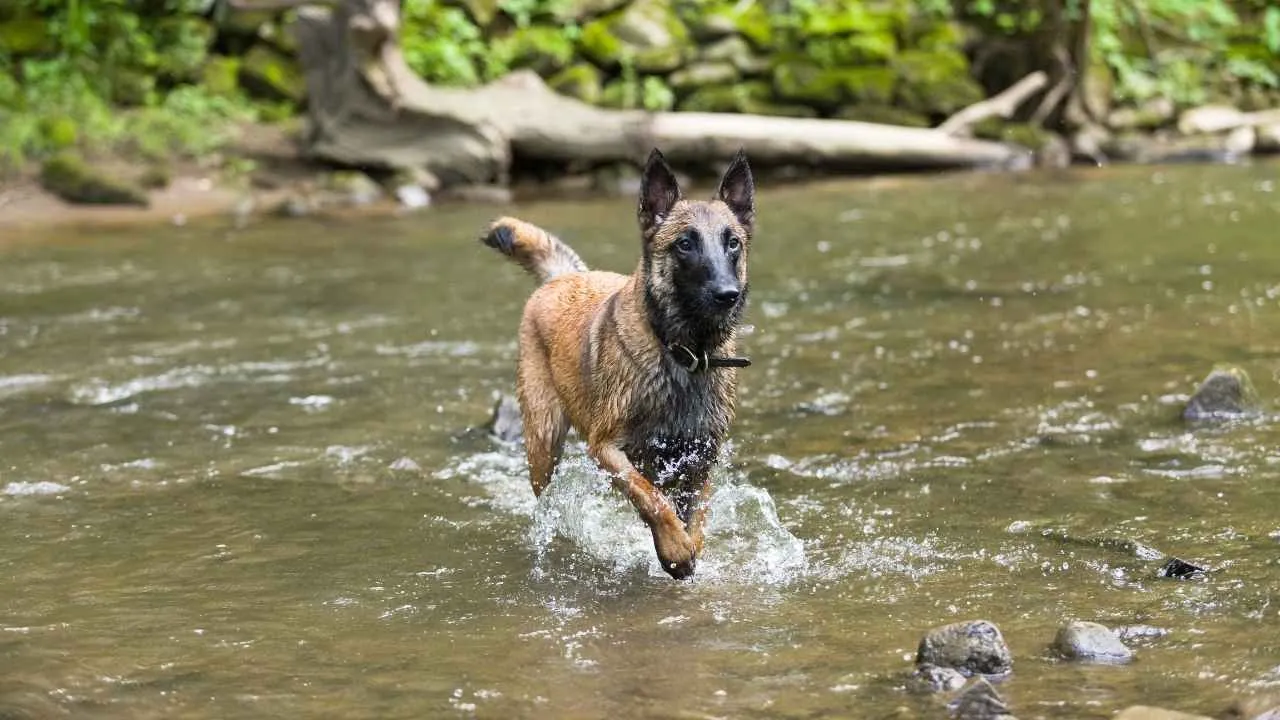
Belgian Malinois have a rapid reaction speed and confidently step in front of unknown visitors without hesitation. They don’t hesitate to confront and hold their position when someone approaches the door. Their body language is tense, still, and alert in protective mode.
Predictive Movement Control
They track hand and leg motions with precision and respond before a threat escalates. If someone raises a hand or shifts toward an entryway, they will block or bark immediately. This early detection ability supports fast protection during surprise entries.
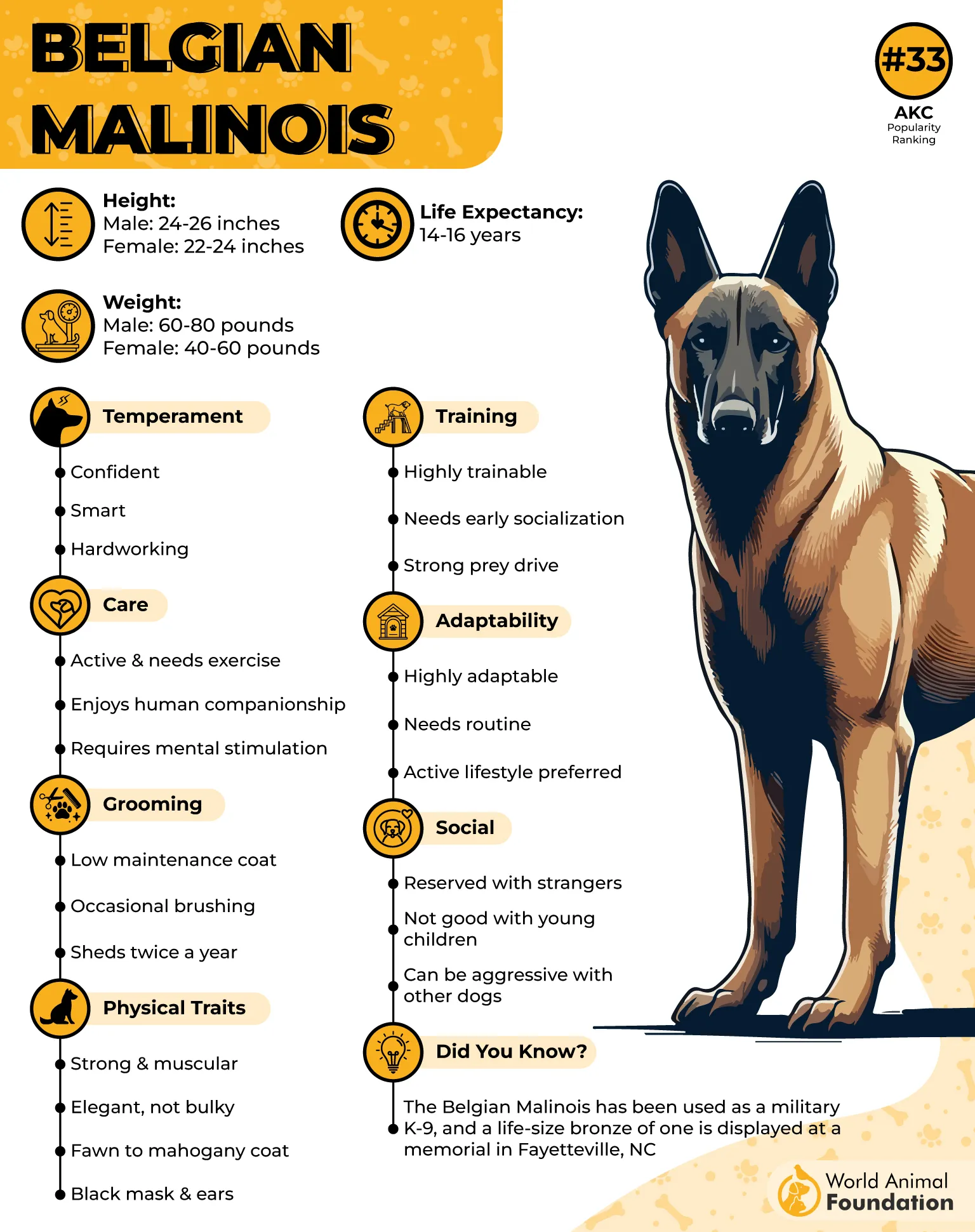
Focus Under Pressure
They are often selected as working dogs for elite forces due to their resilience under stress and obedience in unstable settings, as highlighted in the AKC. The breed can differentiate between normal and unusual visitor behavior. Their awareness of tone, posture, and speed keeps them fully alert.
Structured Defense Habits
Trained Belgian Malinois memorize patrol routines and doorway positions during protection drills. A professional dog trainer can shape their instincts to respond within specific zones. These traits help reinforce the presence of an excellent guard dog at every home entrance.
8. Doberman Pinscher
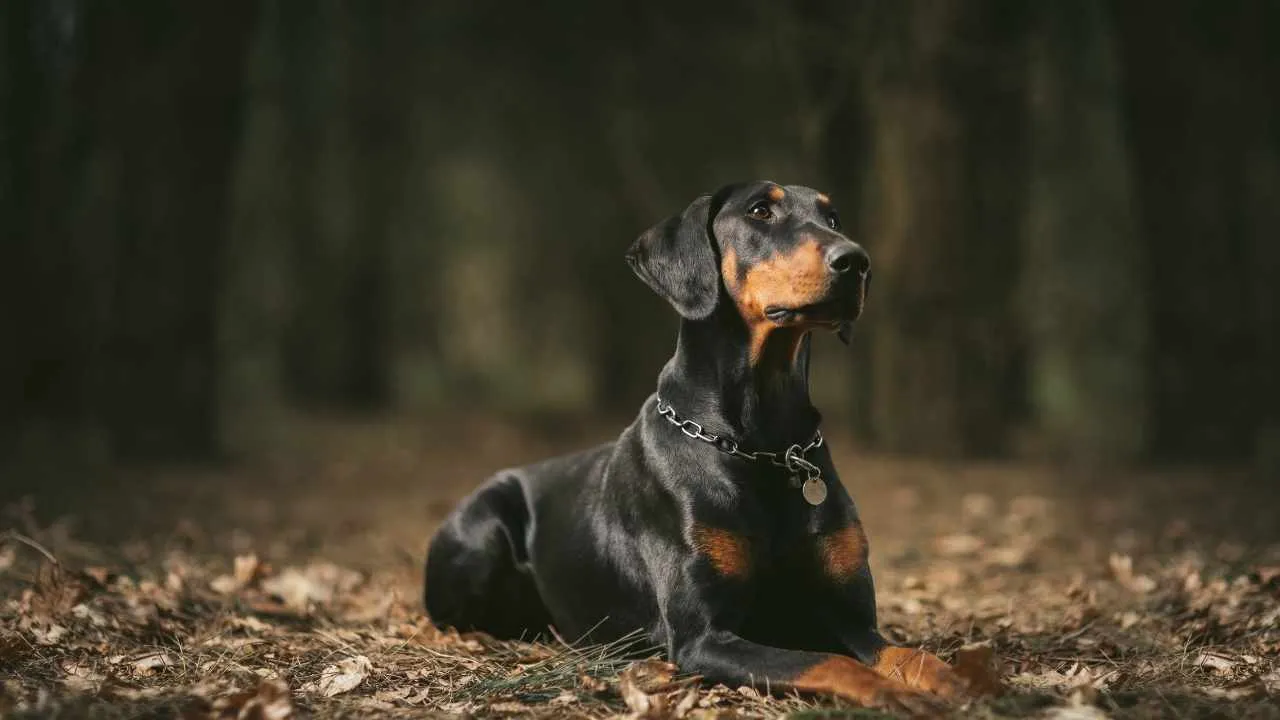
A Doberman doesn’t just react to threats but studies its environment for entry points and patterns. It can spend long stretches guarding doorways without losing focus. This posture control makes it an active block against unwanted presence near the house.
Precision and Speed
One of the most powerful dogs in motion, the Doberman can cover short distances quickly when provoked. Its step-in-front stance is often paired with eye contact that holds intruders in place. That quick transition from stillness to action creates immediate tension.
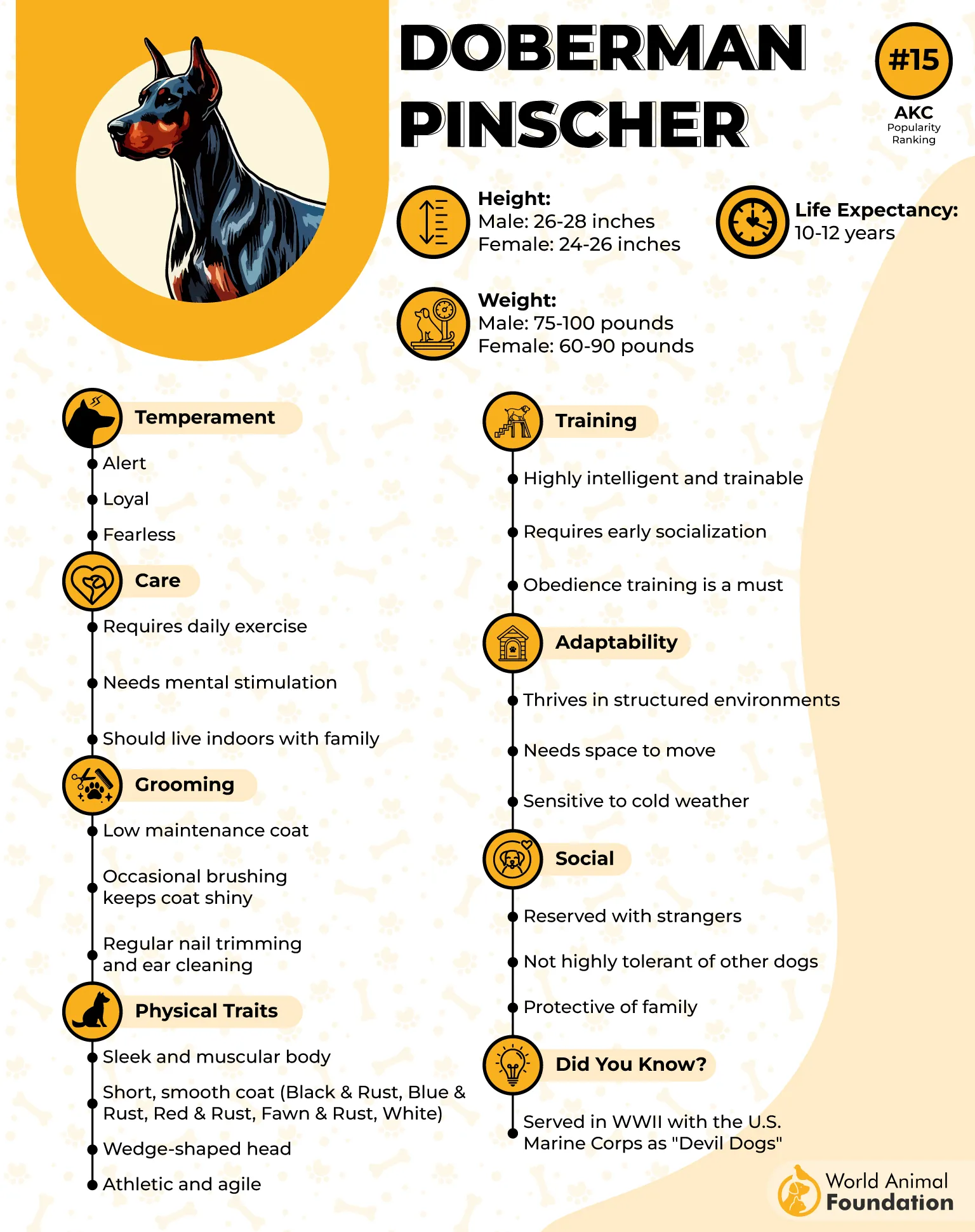
Obedience Under Pressure
As one of the best breeds for alert-based guarding, the Doberman holds back unless the situation crosses a known threshold. It responds with high clarity to tone, stance, or hand signals. That balance is often shaped by early imprinting or repetitive exposure.
Mental Processing Ability
Dobermans are highly intelligent and remember patterns of behavior from both familiar and unfamiliar people. They can link movement cues to intent without relying solely on sound. This gives them a sharp advantage during silent or early-stage intrusions.
9. Rottweiler
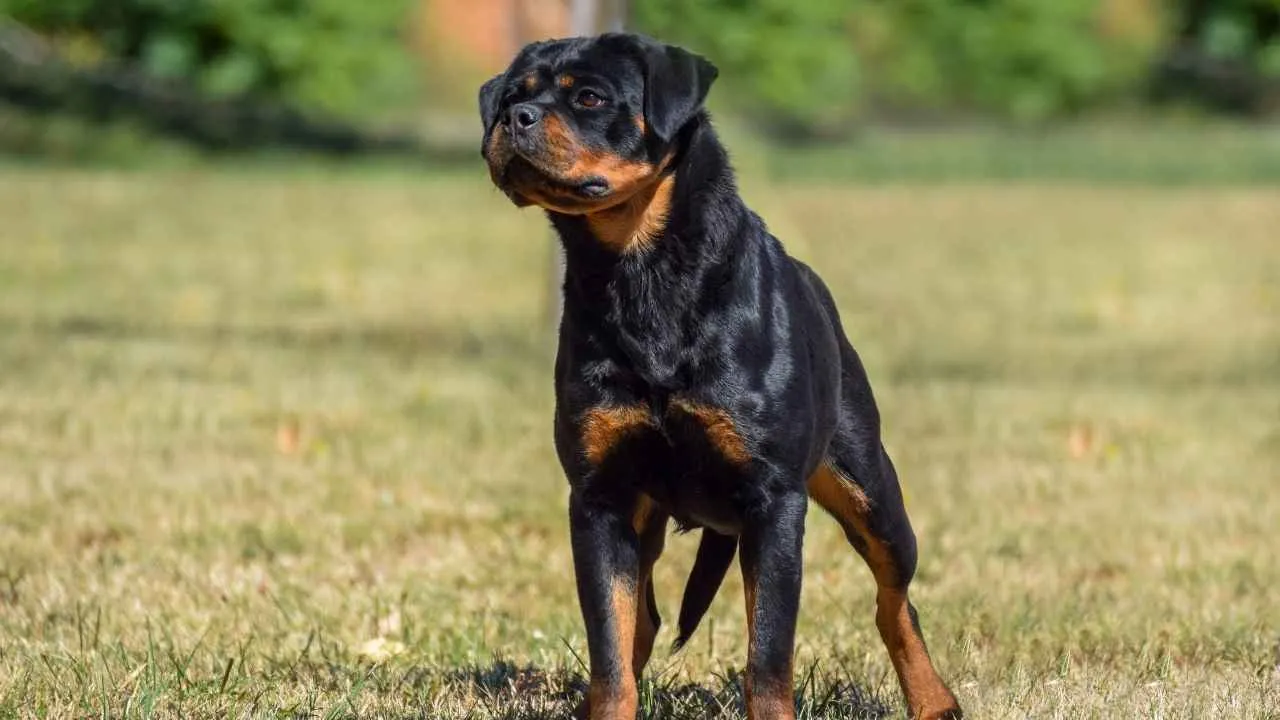
Rottweilers tend to station themselves at entry points and face the direction of sound or movement. This positioning is part of their guarding rhythm, often done without being asked. When they sense hesitation in a stranger’s steps, they immediately focus on that space.
Confidence Without Panic
These dogs don’t fidget or overreact when watching doors. Their eyes remain steady, shoulders squared, and their presence gives a warning without needing to bark first. The posture they hold in silence often speaks louder than many reactive breeds.
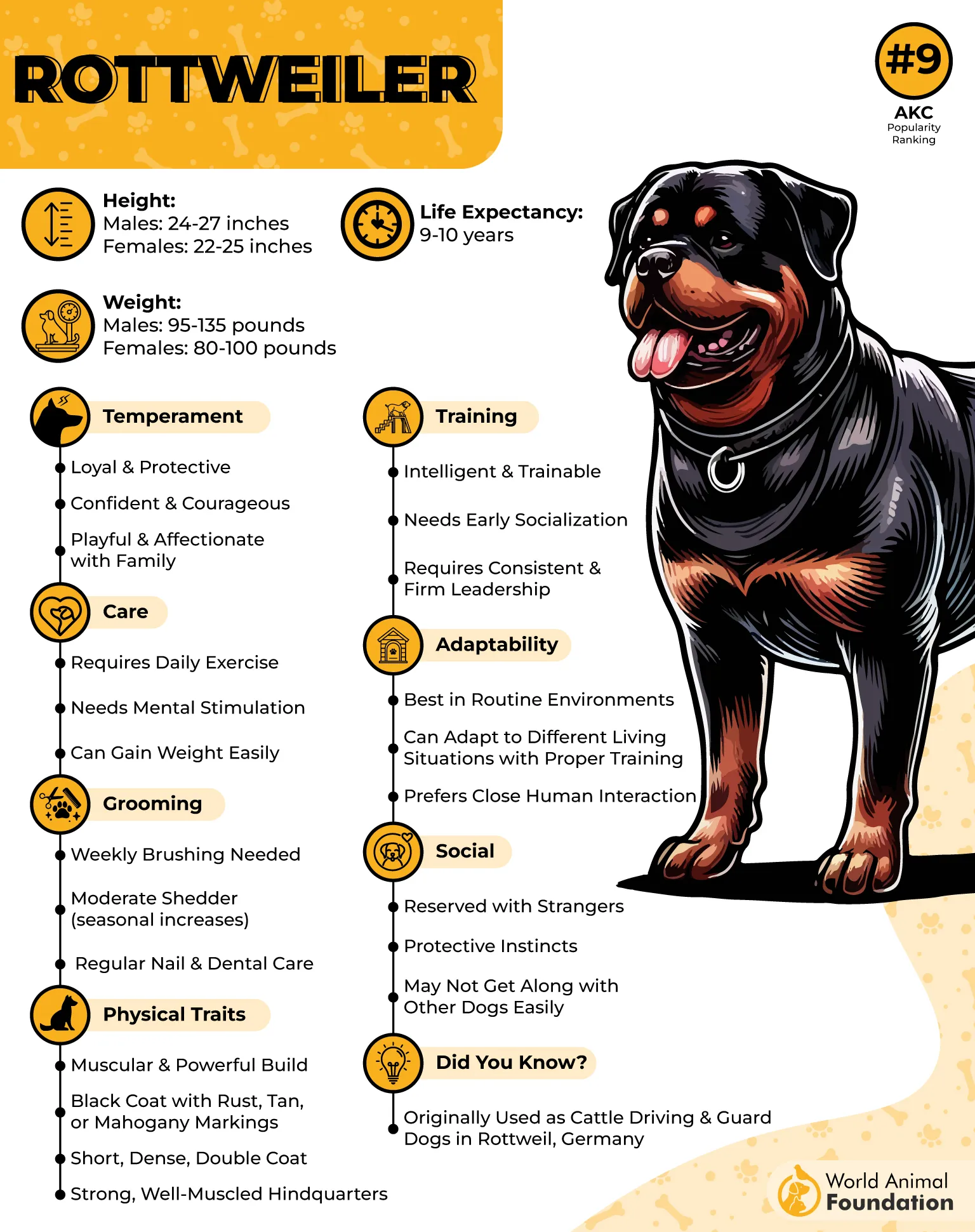
Strong Protective Imprint
Rottweilers were originally bred to drive cattle and protect property during travel. That historical role created dogs that can independently evaluate threats and remain calm under pressure. Their judgment sharpens when trained from a young age with structure and clear expectations.
Reliable Under Training
A professional routine helps bring out the best dog traits in this breed, especially near doorways or gates. They remember visual cues and learn to react based on controlled tone or motion. This makes them incredibly loyal defenders in both homes and rural settings.
10. Giant Schnauzer
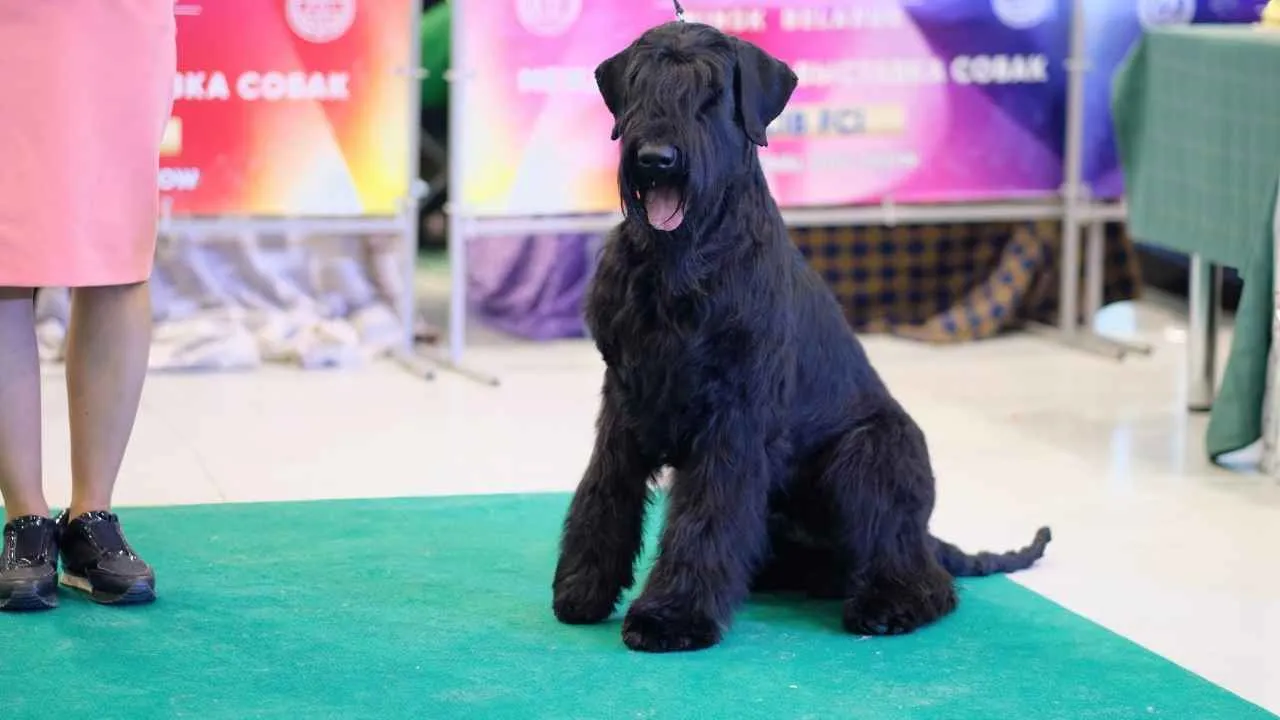
With a solid frame and sharp awareness, this large breed naturally positions itself at thresholds when sensing an unfamiliar presence. It uses its body weight to remain planted near entryways. The breed is confident in holding its ground until redirected by the owner.
Pattern Recognition Skills
Giant Schnauzers notice changes in behavior or sounds, especially those near doors or gates. They don’t rely on barking immediately but often step forward and scan first. This behavior adds a layer of security even before a threat reaches the property.
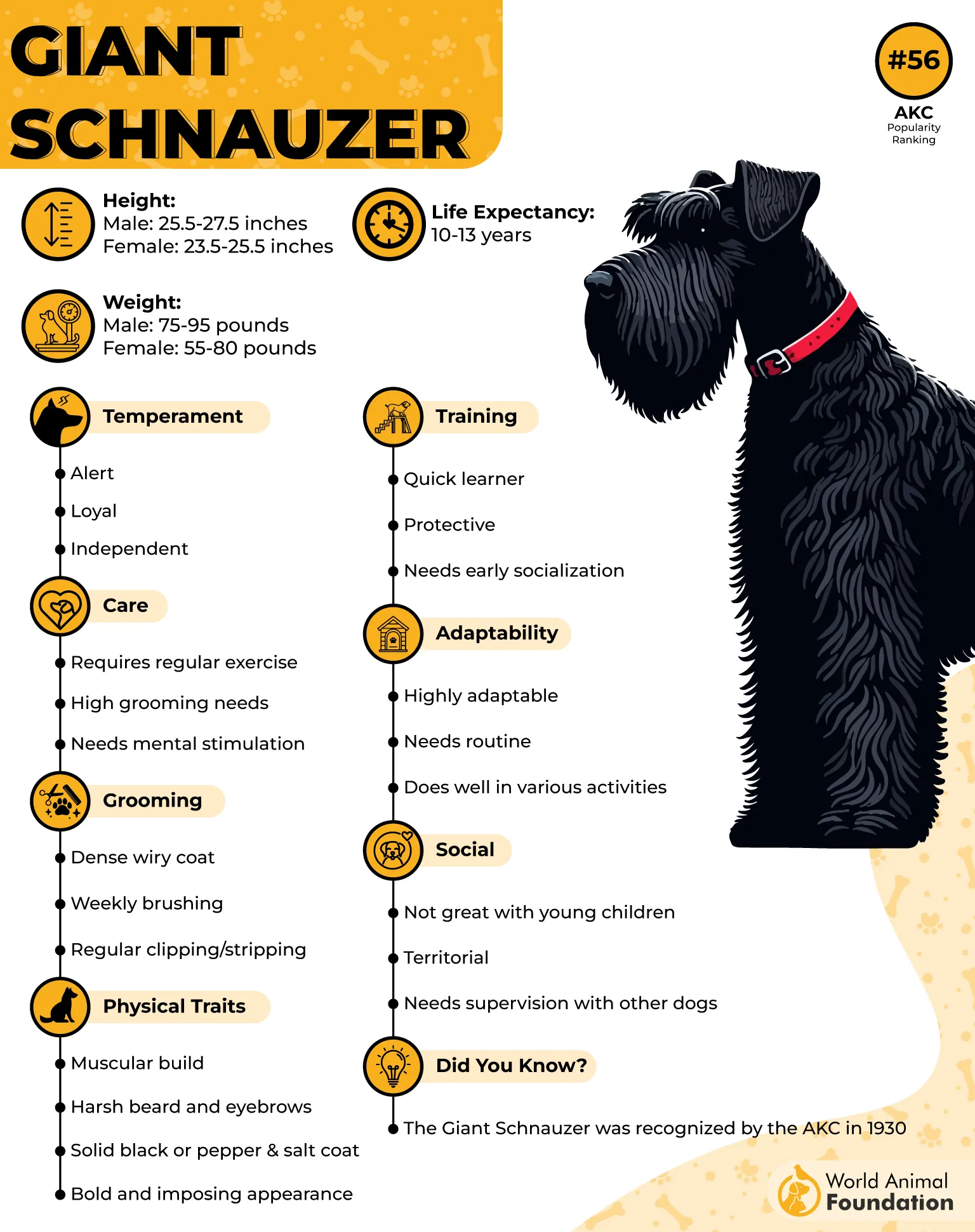
Quick Memory for Boundaries
Once trained with basic commands, they memorize door zones, hallway limits, and access points throughout the home. They retain these cues well, even when routine changes. That makes them dependable for maintaining door watch during overnight hours or when alone.
High Alert Drive
Their working-line energy and sharp hearing make them fast to react to sudden movement behind walls or through windows. Without being agitated, they hold still and face the direction of the potential threat. This presence near doors adds both noise response and visual deterrence.
Conclusion
Not all dogs are made to guard, but some take the job without being asked. These natural guardians don’t rely on barking alone. They plant themselves in front of doors, stay still, and assess everything that moves.
While most dogs can alert, only a few hold the line with such calm. From gentle giants to breeds that are naturally wary, these are watchdogs in the truest sense.
Some may come trained, others may arrive as a rescue dog with instincts already built in. Many are also extremely smart, loyal, and better than cameras when it matters most.


